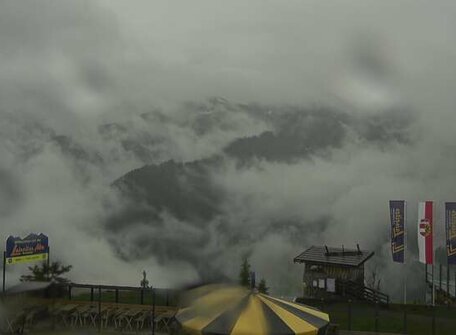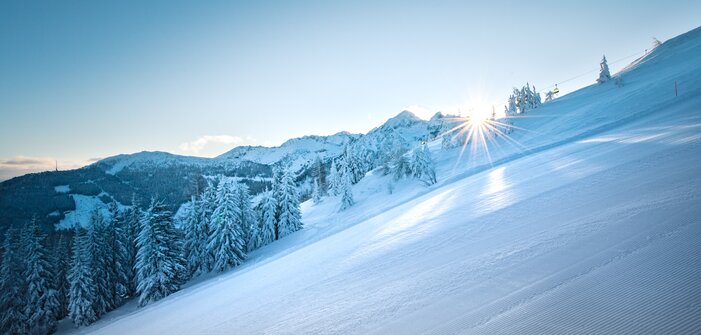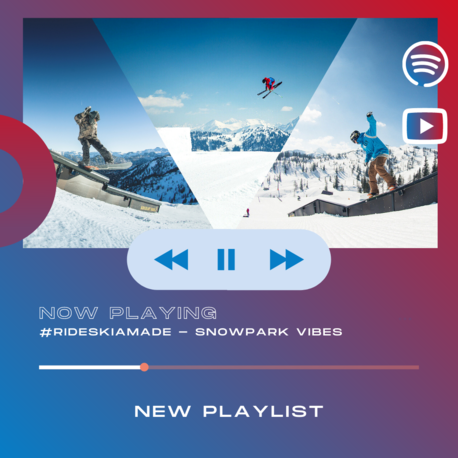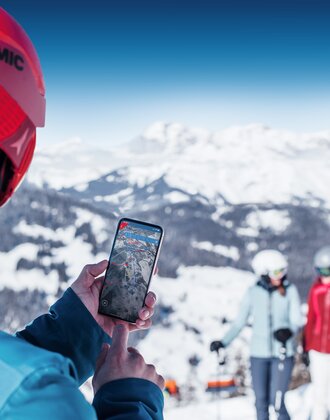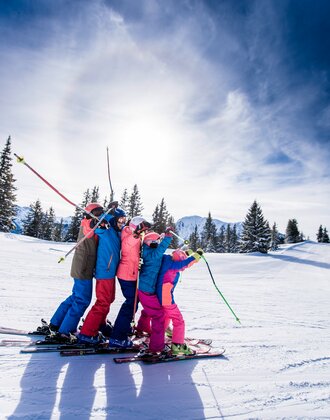Do you want to really flex while freestyling and freeriding on skis or a board? In Ski amadé nothing is easier than that! Your individual skills can best be polished in the various snowparks, funslopes and on funcross trails. What awaits you? A multitude of pipes, rails, boxes and kickers, perfectly prepared for spectacular jumps and easy slides. Watch out: you might even meet a star or two from the scene – not uncommon in the five top regions of Ski amadé!
Or do you want to take it easy? Then the funslopes and funcross parks are just the thing. As a hybrid between slope, snowpark and ski-cross, small jumps, waves, bridges, tunnels, spiraling turns and steep curves ensure varied action on the slope.





